People living near vacant lots and abandoned buildings exhibit poor health…But, growing evidence suggests that when vacant lots are greened and restored, the health of nearby residents improves.
Abstract: To date, most research has focused on adults. For our SCIBAR Project, we will expand on this body of evidence to determine whether and how restoring vacant lots can mitigate health inequalities among disadvantaged adolescents, whose health and well-being are strongly influenced by neighborhood factors. While Baltimore City currently has over 18,000 vacant lots and 17,000 abandoned buildings, the City has developed a plan to ‘clean and green’ vacant lots in neighborhoods with large concentrations of vacancy. This provides us with a timely opportunity to explore the impact of vacant lot restoration on the health of adolescents living in disadvantaged neighborhoods, with findings that can be used to develop long-term strategies for improving adolescent health equity.
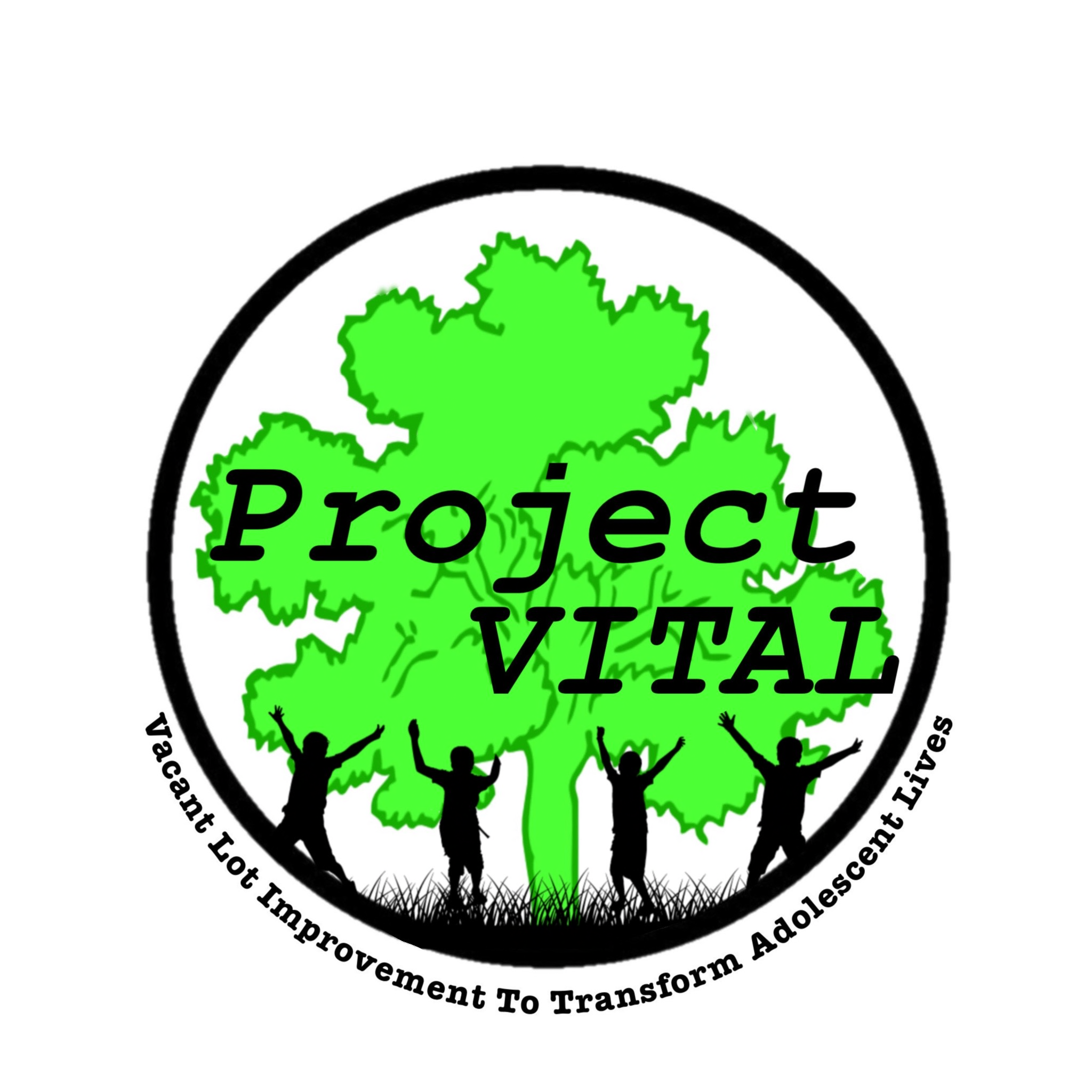
Learn how to use the Project VITAL database tool to explore, download, and contribute to the Baltimore City database
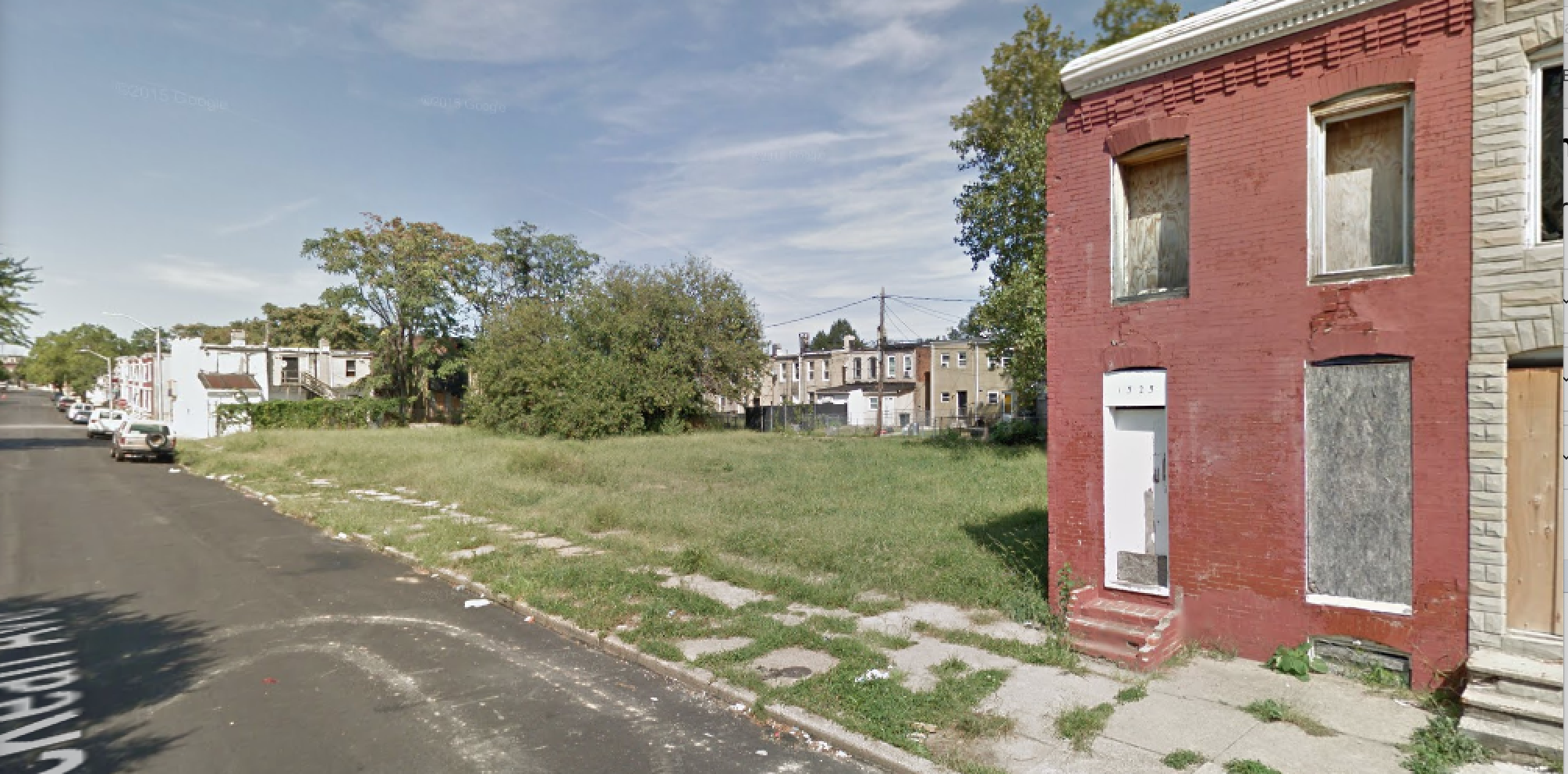

1) Build a sharable database containing key characteristics of restored and unrestored vacant lots;
2) Conduct a mixed-methods longitudinal study on changes in adolescent health associated with exposure to vacant lot restoration,
3) Embed a cost-effectiveness study to determine the impact of different lot restoration programs on youth crime and violence, mental health, and food insecurity; and
4) Develop and disseminate a blueprint for reducing adolescent health disparities through vacant lot restoration programs that can be adapted for different U.S. municipalities.
The Youth Advisory Board is made up of five young people who serve and assist us in the design and implimentation of the study.
Our Youth Advisory Board members: Norah Thomas; Christopher Baldwin; Solai Taylor; Sabree Plater; Amari Rogers

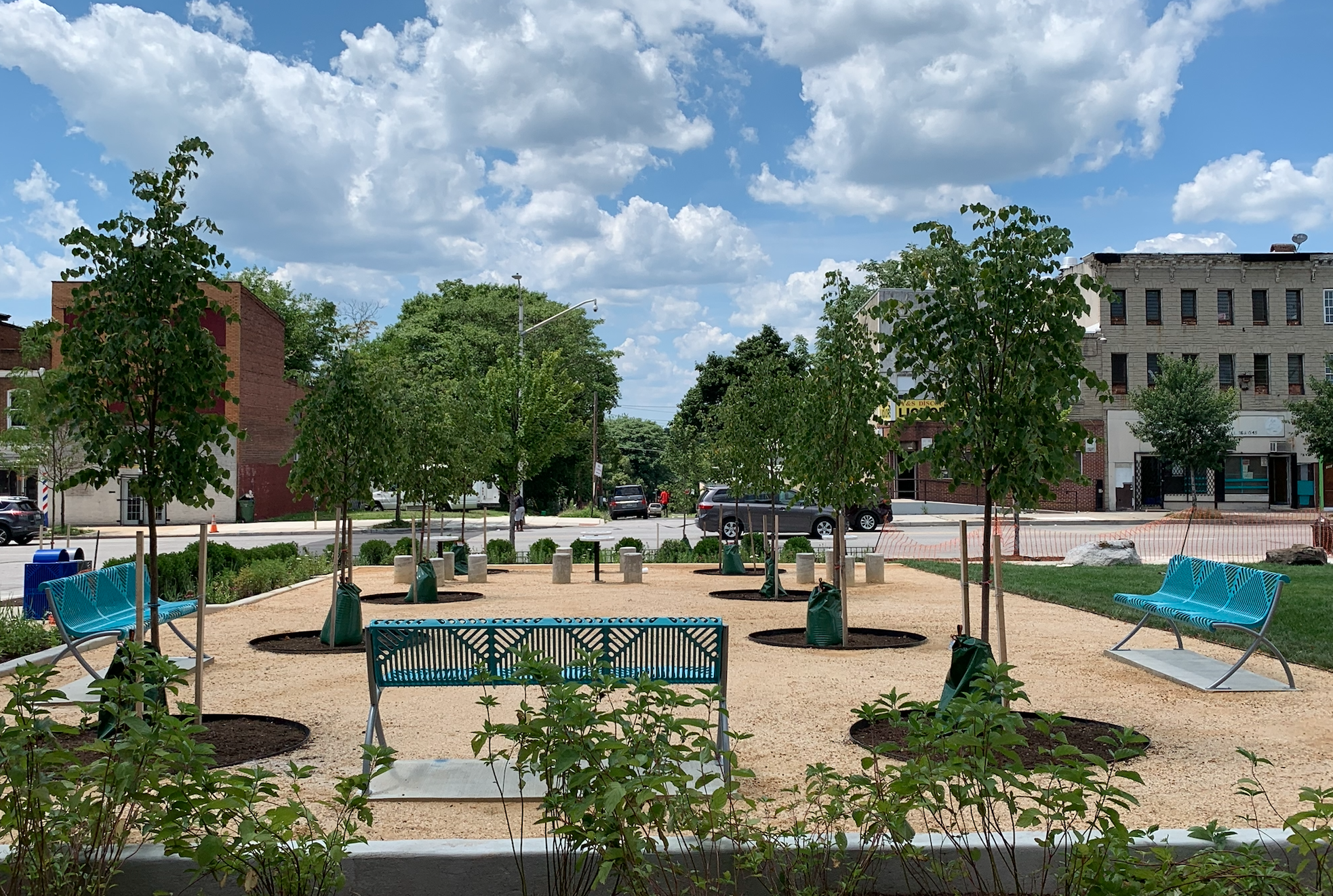

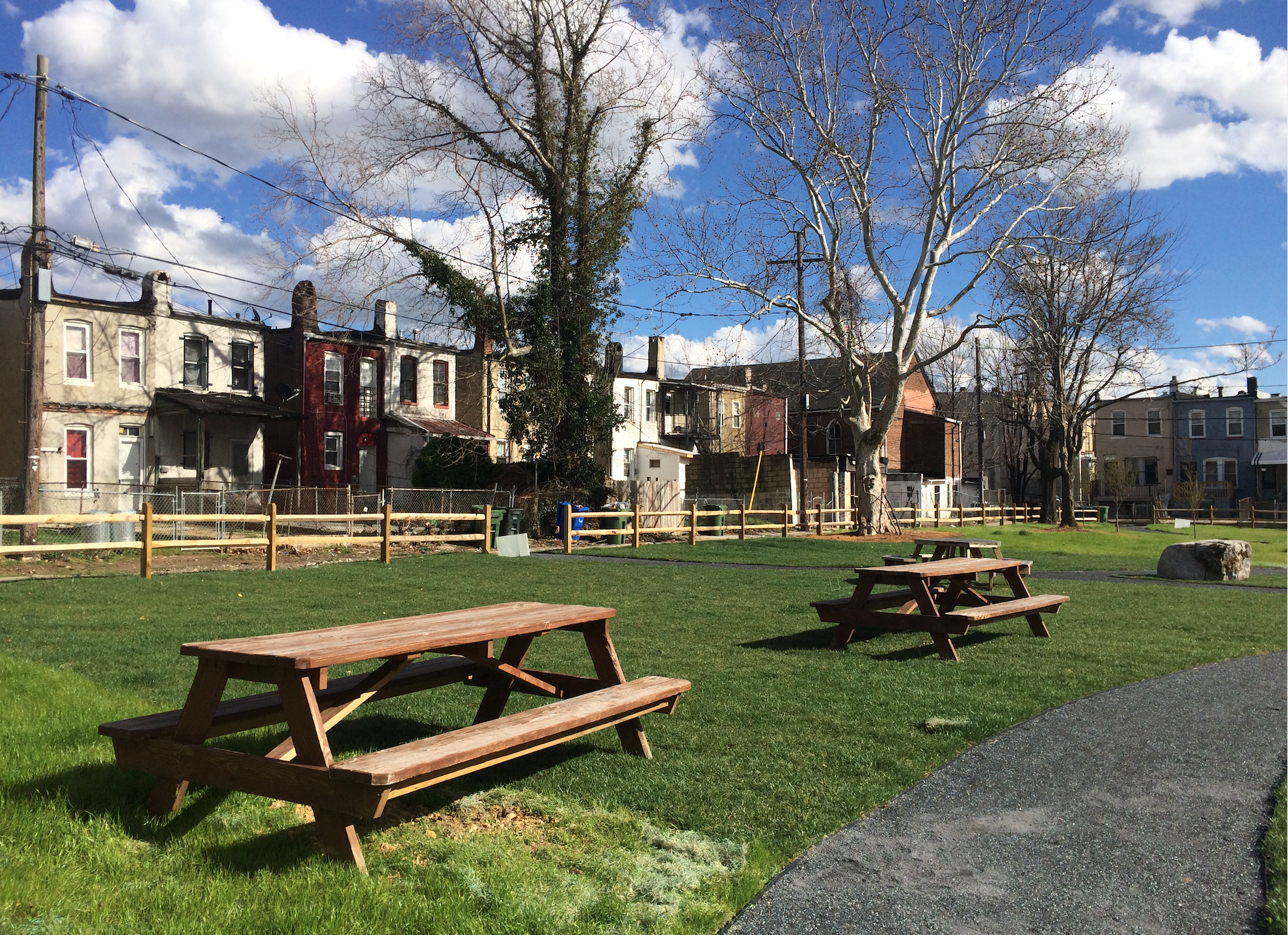

JHSPH

JHSPH

JHSPH

JHSPH

JHSPH

JHSPH

JHSPH

JHSPH

JHSPH

Center for Livable Future

USDA Forest Service

USDA Forest Service

USDA Forest Service

Baltimore Neighborhood Indicator Alliance

Baltimore Neighborhood Indicator Alliance

Baltimore City Office of Sustainability

Baltimore City Office of Sustainability

Baltimore Green Space

Parks and People

University of Maryland

Civics Works

Department of Public Works (DPW)

Environmental Control Board/BMORE Beautiful

ECB
Lack of knowledge on how greening influences adolescent health
A large body of evidence shows that adolescents living in poor versus affluent neighborhoods face much higher risks to their health, which can have long-lasting negative effects well into adulthood. In Baltimore City, this is especially true among Black adolescents, who tend to live in the most impoverished, physically deprived neighborhoods characterized by high mortality rates, low academic achievement, and high levels of crime and violence. While investment in neighborhood development is urgently needed, there is limited understanding of which types of neighborhood investment matter most for adolescents.
Health Equity
This project is specifically designed to assess the impact of neighborhood-level change strategies on health inequities for marginalized populations. The presence of green space is widely viewed as a key health-promoting characteristic of residential environments and has been linked to stress reduction, neighborhood social cohesion, reductions in crime, violence and aggression, and better self-reported health. Given that the strongest health benefits of green space exposure have been found among lower socioeconomic groups, it has been suggested that green spaces could be “systematically deployed to mitigate health inequalities” in addition to improving health overall.
Significance
While previous research has demonstrated that individuals who live in areas that lack green space are more vulnerable to poor health compared to those who live near abundant green space61, ecological studies consistently show that individuals living in the most disadvantaged neighborhoods have less access to green space22,62-64. With increasing urbanization, this access to green space will likely decrease unless a concerted effort is made to ensure that these trends are reversed. The work associated with this SCIBAR will therefore provide critical information for how state and local agencies should invest in vacant lot restoration to improve social and economic conditions within disadvantaged neighborhoods, including the key goal of increasing adolescent health equity.
Baltimore City currently has over 18,000 vacant lots and 17,000 abandoned buildings.
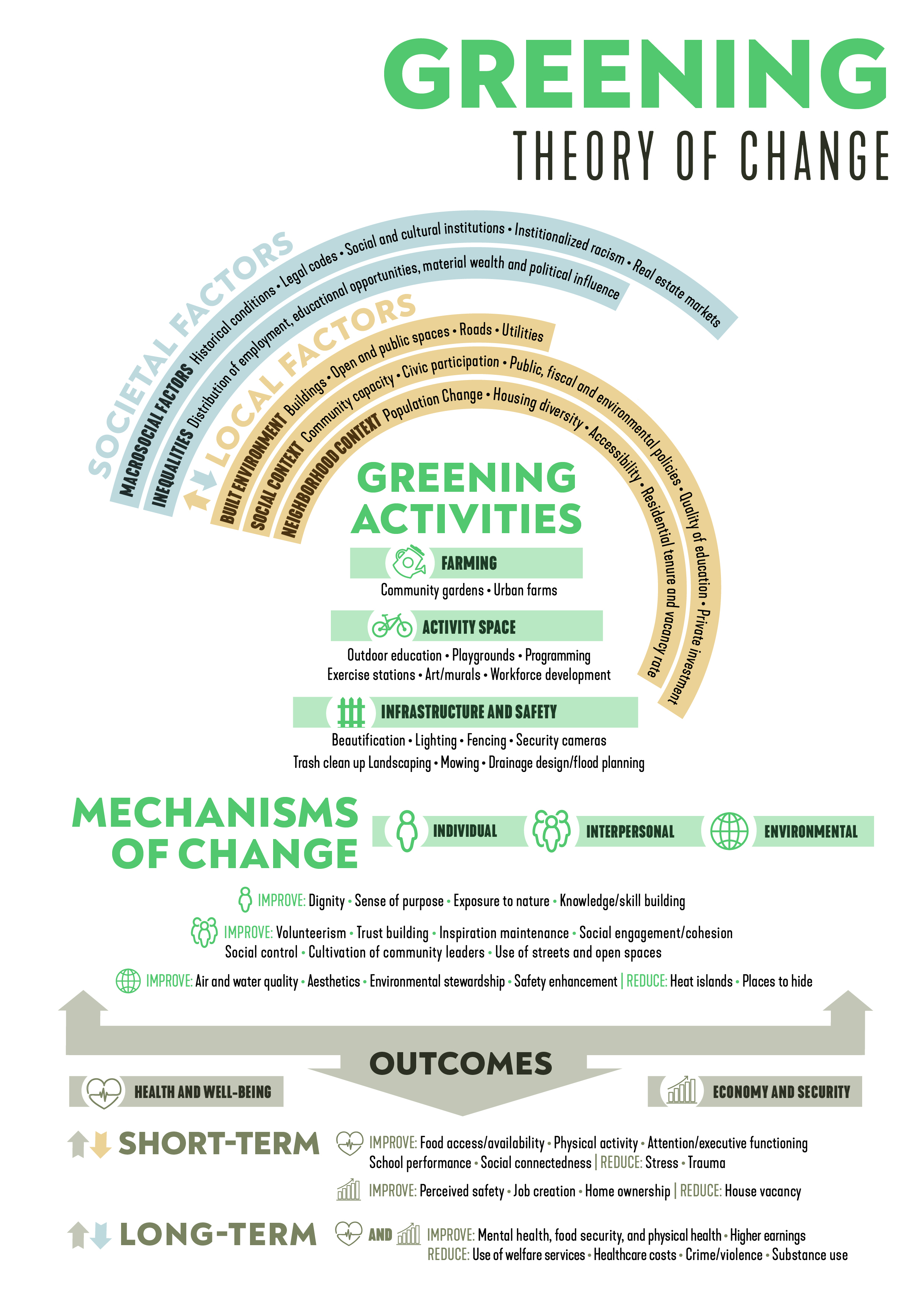

Our team comprises a multi-sectoral collaboration of individuals and organizations including:
This study is funded by the Bloomberg American Health Initiative as part of the SCIBAR Initiative/